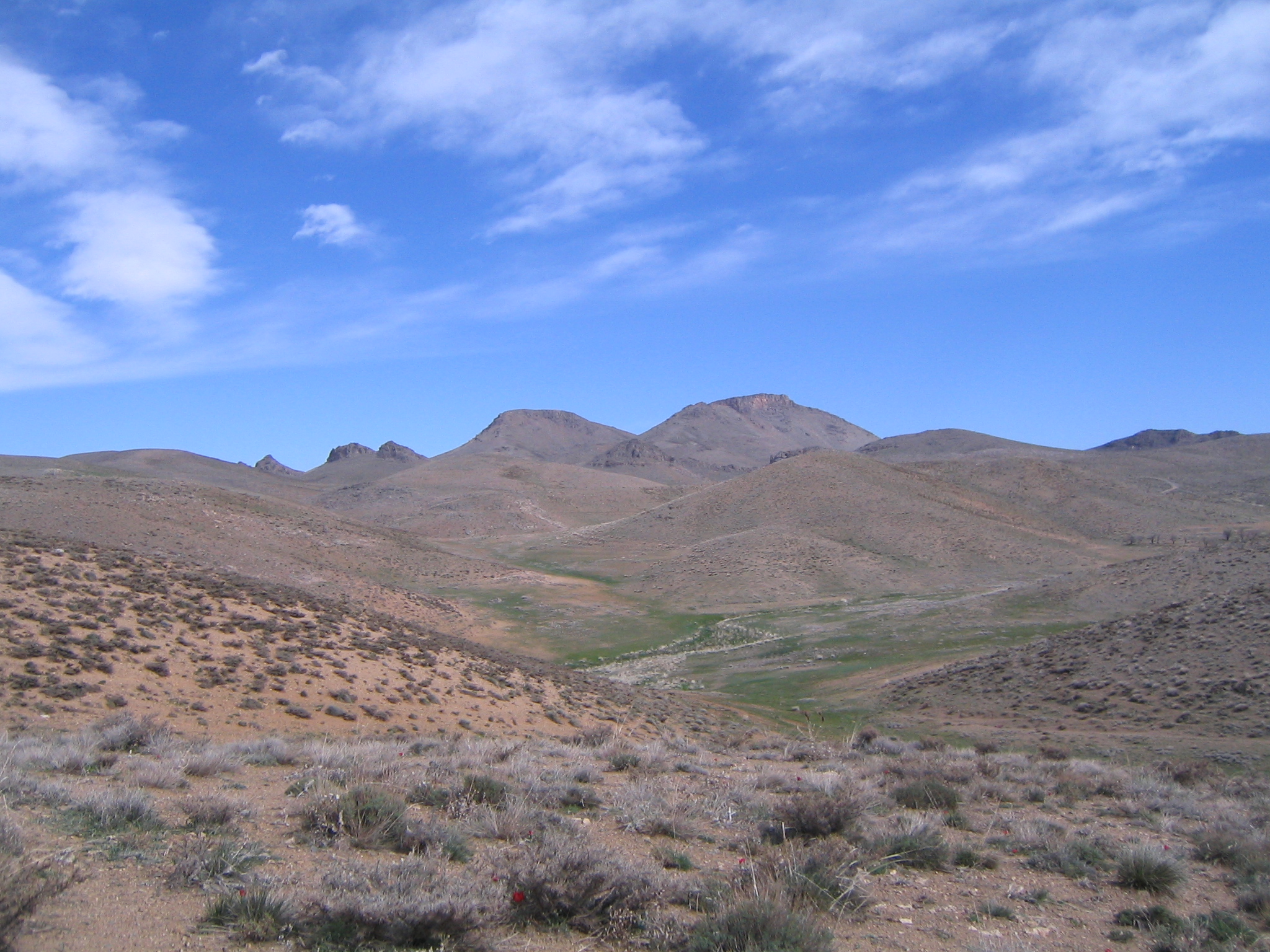تصویر : تنگه صیاد
استان:
چهارمحال و بختیاریاطلاعات تکمیلی:
توضیحات:
تنگ صیاد شامل منطقه حفاظتشده و پارک ملی میباشد که در بخش شرقی شهرستان شهرکرد و در نزدیکی شهر فرخ شهر در استان چهار محال و بختیاری است. این منطقه دارای مساحتی به وسعت حدود ۲۷هزار هکتار میباشد که حدود ۲۱٬۶۰۰ هکتار آن منطقهٔ حفاظتشده و ۵٬۴۰۰ هکتار آن پارک ملی است. تنگ صیاد بواسطه دارا بودن تعداد زیادی تپه ماهور زیستگاه مناسبی برای گونه قوچ و میش وحشی است. کوهستانهای جنوبی منطقه دارای صخرههای سختگذر است که زیستگاه پلنگ و کل و بز با جمعیتی قابل توجهاست. منطقه تنگ صیاد ناحیه کوهستانی و مرتفع با وسعت حدود ۲۷ هزار هکتار در استان چهارمحال وبختیاری واقع شدهاست و قله جیلون در محدوده کوههای فرخ شهر با ۳ هزار و ۱۴۱ متر ارتفاع از سطح دریا، بلندترین نقطه منطقهاست. این منطقه در سال ۱۳۴۹ از طرف شورایعالی شکاربانی و نظارت بر صید به عنوان منطقه شکار و تیراندازی ممنوع اعلام شد و در سال ۱۳۵۲ با تصویب شورای عالی محیط زیست به عنوان منطقه حفاظت شده اعلام و در سال ۱۳۷۴ نیز حدود ۵ هزار و ۴۰۰ هکتار از قسمت میانی آن تبدیل به پارک ملی شد. به این ترتیب تنگ صیاد شامل پارک ملی، در قسمت میانی و منطقه حفاظت شده در پیرامون آن است. این منطقه در سال ۱۳۴۹ به عنوان منطقهٔ شکار ممنوع مورد حفاظت قرار گرفت، در سال ۱۳۵۲ ب
دانلود این عکس